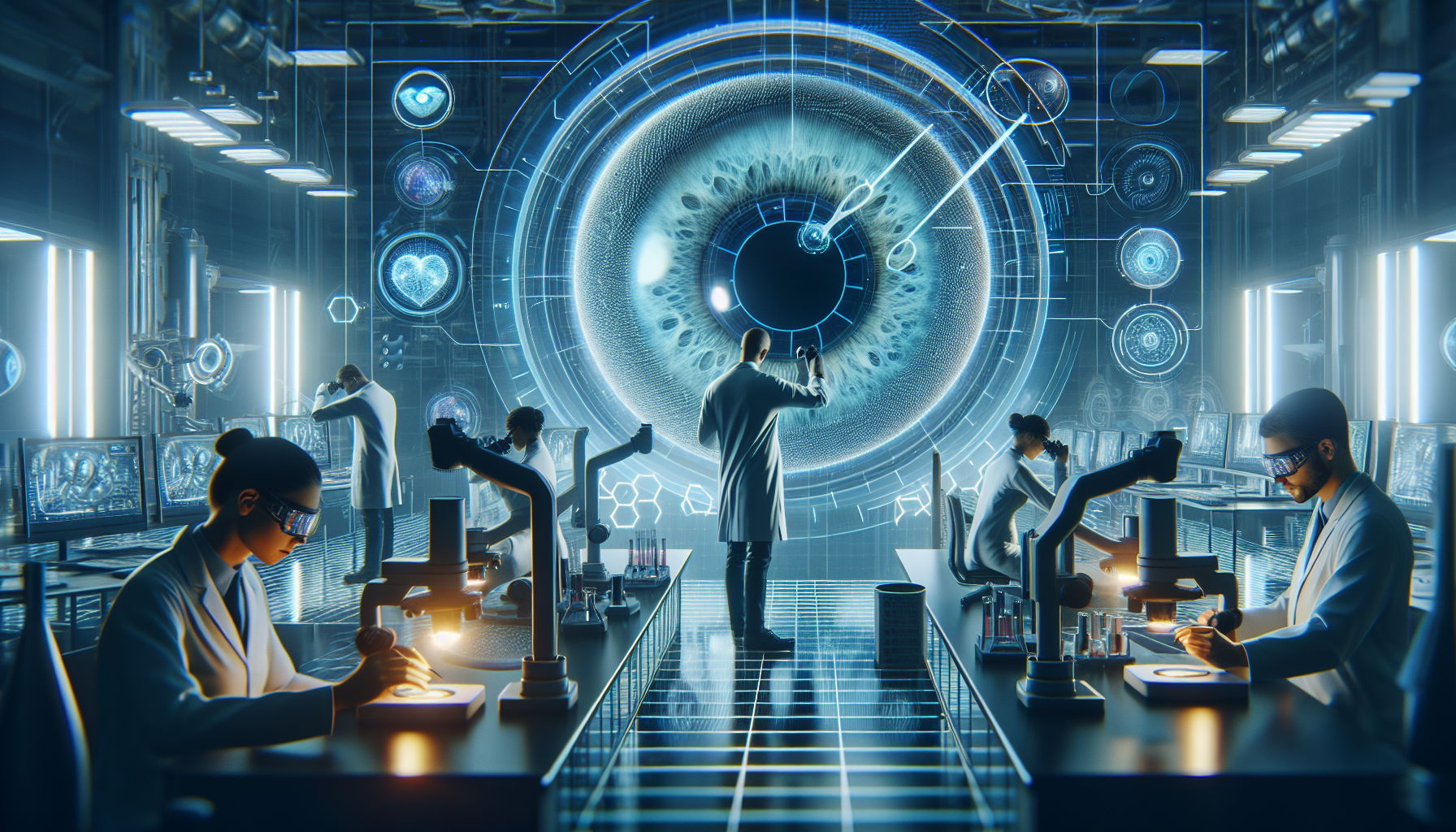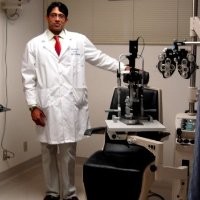Nearsightedness, or myopia, is a growing concern worldwide, particularly among children. Predictions suggest that about half of the global population may suffer from this condition by 2050. This surge is believed to be partly due to the increase in “near work,” such as interacting with close objects like phones and screens. While some individuals can manage this condition with glasses or contact lenses, others may develop a more severe form of myopia known as myopic maculopathy.
Myopic maculopathy is a serious condition where the part of the eye responsible for sharp, straight-ahead vision is stretched and damaged, leading to distorted vision. Over time, the shape of the eye becomes more elongated, resembling a football rather than a sphere. This condition is a leading cause of severe vision loss or blindness. In 2015, it was responsible for visual impairment in 10 million people. If the current trend continues, it is estimated that by 2050, over 55 million people may suffer vision loss and around 18 million individuals may become blind due to this disease.
Since myopic maculopathy is irreversible, early detection is crucial to improving health outcomes, especially in children. Special contact lenses or eye drops can be prescribed by ophthalmologists to slow disease progression.
Researchers at the School of Computing and Augmented Intelligence at Arizona State University are developing new diagnostic tools using artificial intelligence (AI) to help identify this disease more effectively. The results of their groundbreaking work were recently published in the peer-reviewed research journal JAMA Ophthalmology.
The researchers, led by Yalin Wang, a Fulton Schools professor of computer science and engineering, are addressing the challenge issued by the Medical Image Computing and Computer Assisted Intervention Society in 2023. The society sought to improve computer-aided screening systems for retinal images.
Currently, diagnosis of myopic maculopathy involves using optical coherence tomography scans, which create images of the back of the eye using reflected light. These scans are generally inspected manually by an ophthalmologist, which can be a time-consuming process that requires specialized experience.
Wang and his team developed a new set of AI algorithms called NN-MobileNet to help software more effectively scan retinal images and predict the correct classification of myopic maculopathy. They also focused on improving the accuracy of estimating the eye’s refractive error, a critical factor when prescribing glasses or contacts. Their innovative model of retinal image analysis produced remarkable results while reducing the need for extensive computing power.
Wang hopes that the use of AI technology will significantly improve the quality of life for worldwide populations, especially those residing in remote areas or developing countries where access to advanced imaging devices and physicians is limited.
Ross Maciejewski, director of the School of Computing and Augmented Intelligence, commended Wang’s research, emphasizing its importance in addressing the escalating issue of myopia and myopic maculopathy. Maciejewski believes that such innovative uses of AI are crucial for preventing vision loss and providing healthcare professionals with the best possible treatment options for their patients.


Comments are closed for this post.